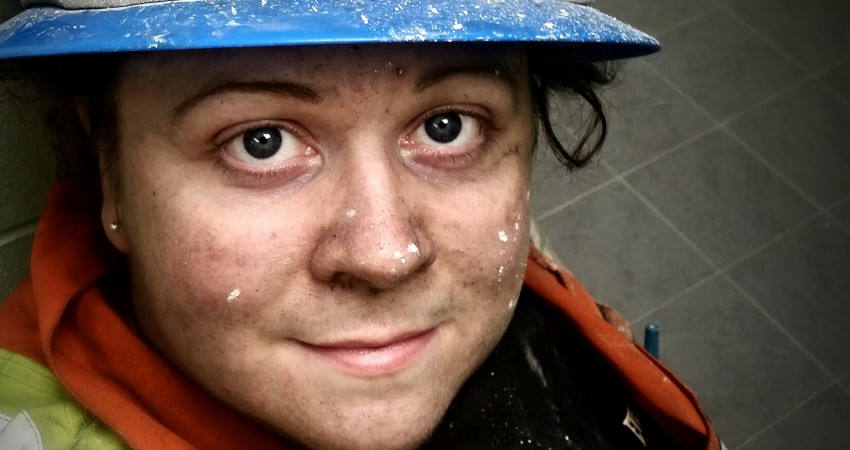According to the Global Mining Standards and Guidelines group (2014), only 5-10 percent of people working in mining are women. This falls to seven percent at director level. But recent initiatives across the world are trying to improve on these disappointing figures.
The recent Canadian Mining Expo, which took place between 30 May and 1 June, had women in mining as its core theme for the Aboriginal Forum. Cynthia Le Sueur-Aquin, director of Women in Mining Canada sought to celebrate and showcase women’s role in the industry in her keynote speech.
International Women in Mining (IWiM) is the fastest growing network for women in the mining industry, with 9,700+ members in over 100 countries, liaising with & supporting 45+ WiM groups around the world. Their aim is to be the leading global platform for all women in mining via initiatives that improve worldwide diversity and foster women’s professional development in the mining industry.
The group is now working with mining companies and international organisations to establish a more accurate set of benchmark figures about women working in the sector at all levels. Their latest research initiative is a joint project with Adam Smith International to understand whether introducing a specific gender focused law can increase the participation and empowerment of women. Their report ‘Women in Mining, Can a mining law unlock the potential of women?’ identifies five enabling factors and fifteen actionable recommendations targeted at policymakers, development partners, and industry players seeking to unlock the potential of women working in mining.
Other initiatives include a drive to get more women speaking at mining conferences as industry experts, to raise visibility and improve their prospects of progression to the executive suite and board room.
Another recent IWiM campaign included photo competition sponsored by De Beers to increase women’s visibility and promote gender equality by shedding an international light on women in mining. The competition theme was Impact and Influence and winners have been announced. To see all competition photos visit the IWiM’s Flickr page
This was IWiM’s IWD 2017 initiative and adds to a wider project to address the paucity of images of women used in mining in reports, presentations, and websites. It’s a challenge we face every time we write a blog on this subject.
Elsewhere, the Jakarta Post reported on March’s Sumatra Miner Conference, where “dozens” of mineral and coal mining companies committed to increasing the participation of women in mining at all levels.
Tim Duffy, of Agincourt Resources, aims to reach a stage where at least 25% of its workforce is female, with 40% of them being in supervisory or managerial roles.
“Studies in countries across the world have shown unavoidable facts on a strong correlation between the success of a company and gender diversity. This issue has been widely accepted in behavior theories and practices of organisations,” he said.
The Australasian Institute of Mining and Metallurgy’s Women in Mining Network and the SA Chamber of Mines and Energy’s Women in Resources are also working on a project to match promising female talent with male or female mentors. Mentors and Mentees meet once a month for eight months or more and one recent participant, Jasmine Richards of OZ Minerals, recently won the Exceptional Young Woman in Australian Resources award.
Pili Hussein’s story
As I finished writing this blog I came across the extraordinary story of Pili Hussein, the daughter of a livestock farmer who sought her fortune in mining tanzanite stones in the foothills of Kilimanjaro in Tanzania.
As women are not normally permitted to work in the area, Pili disguised herself as a man for more than a year. Her secret was only discovered when she was falsely accused of rape by a local woman.
The story ends happily. Pili made a big discovery of tanzanite and used her fortune to build homes and fund education for her family and invested in mining equipment. She now employs 70 miners to work for her.
We’ve come a long way but we still have a long way to go it seems.
For more on this fascinating tale see this BBC World Service story I acted as a man to get work – until I was accused of rape. And for details of women in mining in Tanzania read the United Nations Entity for Gender Equality and the Empowerment of Women report, Mapping Study on Gender and Extractive Industries in Mainland Tanzania published in 2016.

Jane Banks, Stratum International, North America
Main photo credit – Elsa Nielsen, Canada – submitted for the International Women in Mining photo competition.

